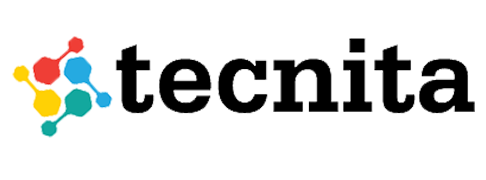
The Power of Employer-Employee Alignment
In today’s job market, candidates are increasingly looking for more than just a paycheck from their workplaces. They seek organizations where their beliefs align with the company’s values and where they can work together towards a shared vision of purpose and success. Employer-Employee alignment is becoming increasingly important. As leaders grapple with talent recruitment and retention, it is crucial for them to rethink how they shape and build a culture that unites employees around a shared cause. A solid organizational culture should continuously align with the organization’s vision, purpose, and goals.
Recent surveys, including one by LinkedIn, highlight that employees care about workplace environments that foster authenticity (47%) and allow them to impact society (46%) positively. Today’s workforces want to feel that their work is meaningful and contributes to a larger purpose. While every work culture is unique, the foundation for a thriving culture lies in empowering employees to be engaged, valued, and heard.
A well-aligned and engaged workforce is a crucial driver of organizational success. When employees are aligned with the company’s values, goals, and strategies, they are more motivated, productive, and committed to achieving their objectives. To achieve this alignment, organizations need to understand their current culture and identify areas for improvement. This article will delve into the power of employer-employee alignment and how it can lead to a high-performing workforce.
Shared Vision and Goals: One of the foundational elements of employer-employee alignment is shared vision and goals. When employers and employees completely understand the organization’s mission, vision, and long-term goals, it creates a sense of purpose and direction. Employees aligned with the organization’s vision and goals are more likely to be motivated and committed to achieving those goals. This creates a sense of ownership and accountability among employees, leading to higher motivation and performance.
Mutual Trust and Respect: Trust and respect are crucial for every healthy employer-employee relationship. Employers who trust their employees and respect their opinions, ideas, and contributions create a positive work environment where employees feel valued and empowered. Employees who feel trusted and respected are likelier to be engaged, happy, committed, and loyal to the organization. Building trust and respect requires open communication, active listening, and recognition of employees’ efforts and achievements.
Employee Development and Growth: Employers who invest in the development and growth of their employees demonstrate a commitment to their professional advancement. When employees see opportunities for growth and advancement within the organization, it motivates them to perform at their best and contribute to its success. Employers can promote employee development through training programs, mentoring, coaching, and career advancement opportunities.
Recognition and Rewards: Employers can acknowledge and appreciate their employees’ hard work, dedication, and contributions through various recognition programs, such as employee of the month, performance bonuses, and other incentives. This boosts employee morale and reinforces the alignment between employees and the organization’s goals, as they feel valued and appreciated for their contributions.
Effective Communication: Open, transparent, and two-way communication fosters employer-employee alignment. Employers must communicate clearly and consistently about the organization’s goals, expectations, policies, and changes that may impact employees. On the other hand, employees need to feel comfortable expressing their opinions, concerns, and suggestions to their employers. Regular team meetings, feedback sessions, and performance reviews can provide opportunities for effective communication and alignment between employers and employees.
To Sum Up, employer-employee alignment is key to building a high-performing workforce. When employers and employees share a common vision and goal, trust and respect each other, invest in employee development, recognize and reward efforts, and communicate effectively, it creates a positive work environment where employees are engaged, motivated, and committed to achieving the organization’s objectives. Employers can foster employer-employee alignment through various strategies and initiatives, leading to a highly productive and successful workforce.
